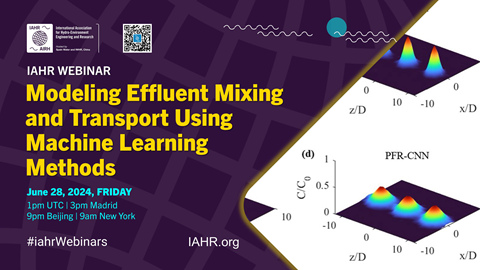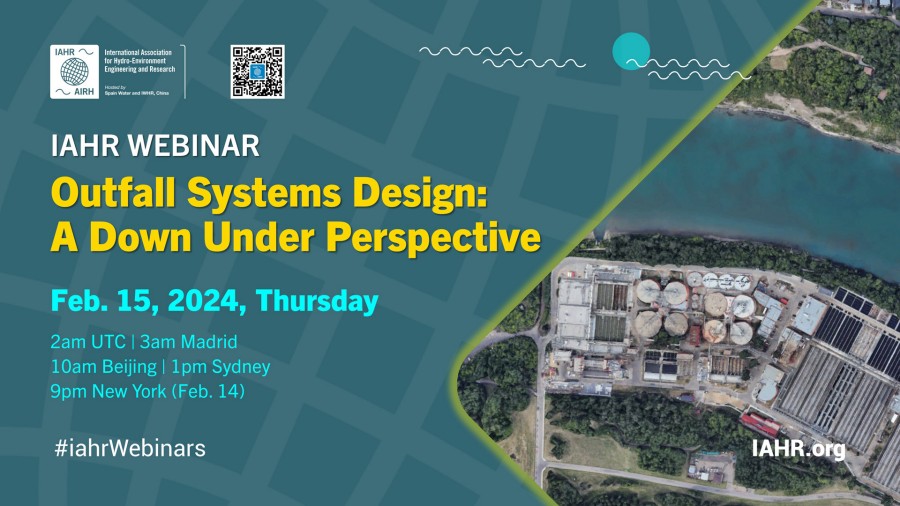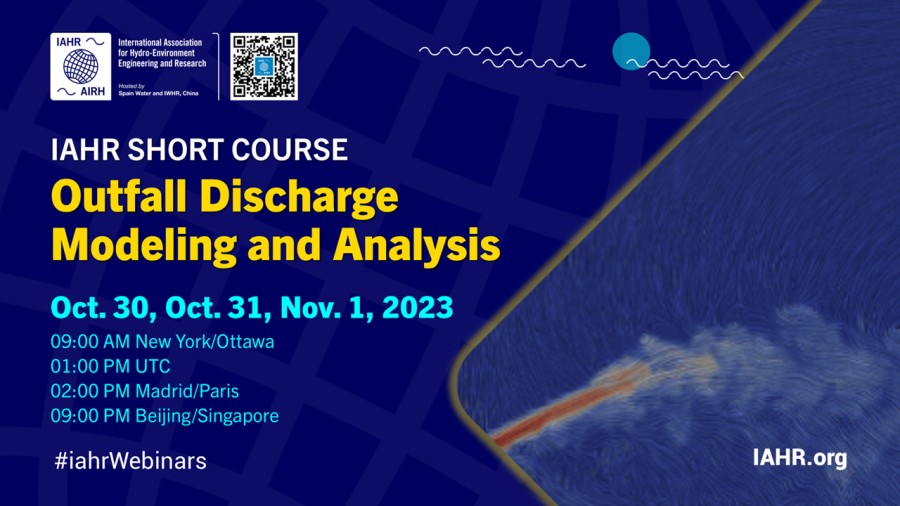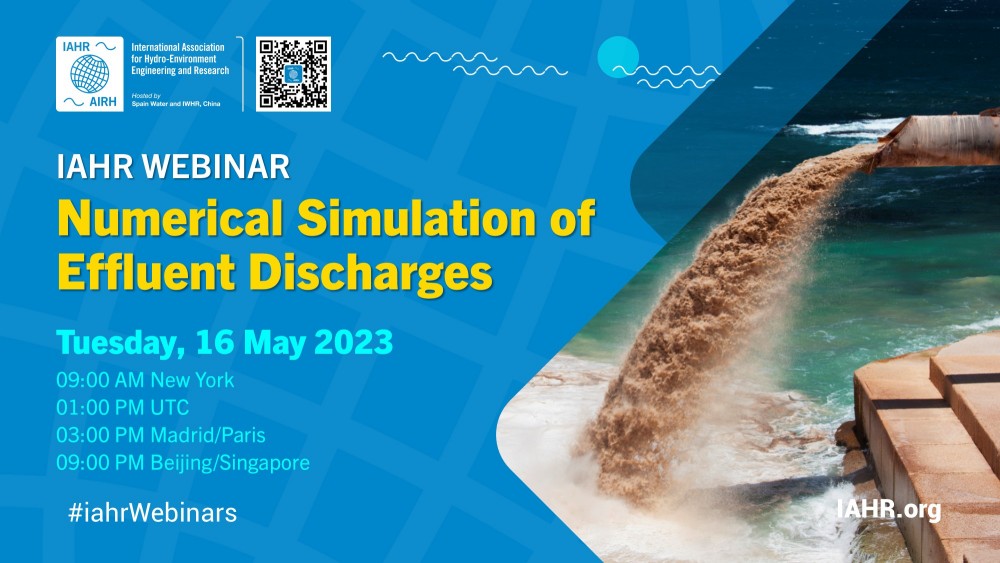Summary of IAHR Webinar on Integrated Catchment Models and Seawater Intake Pigging
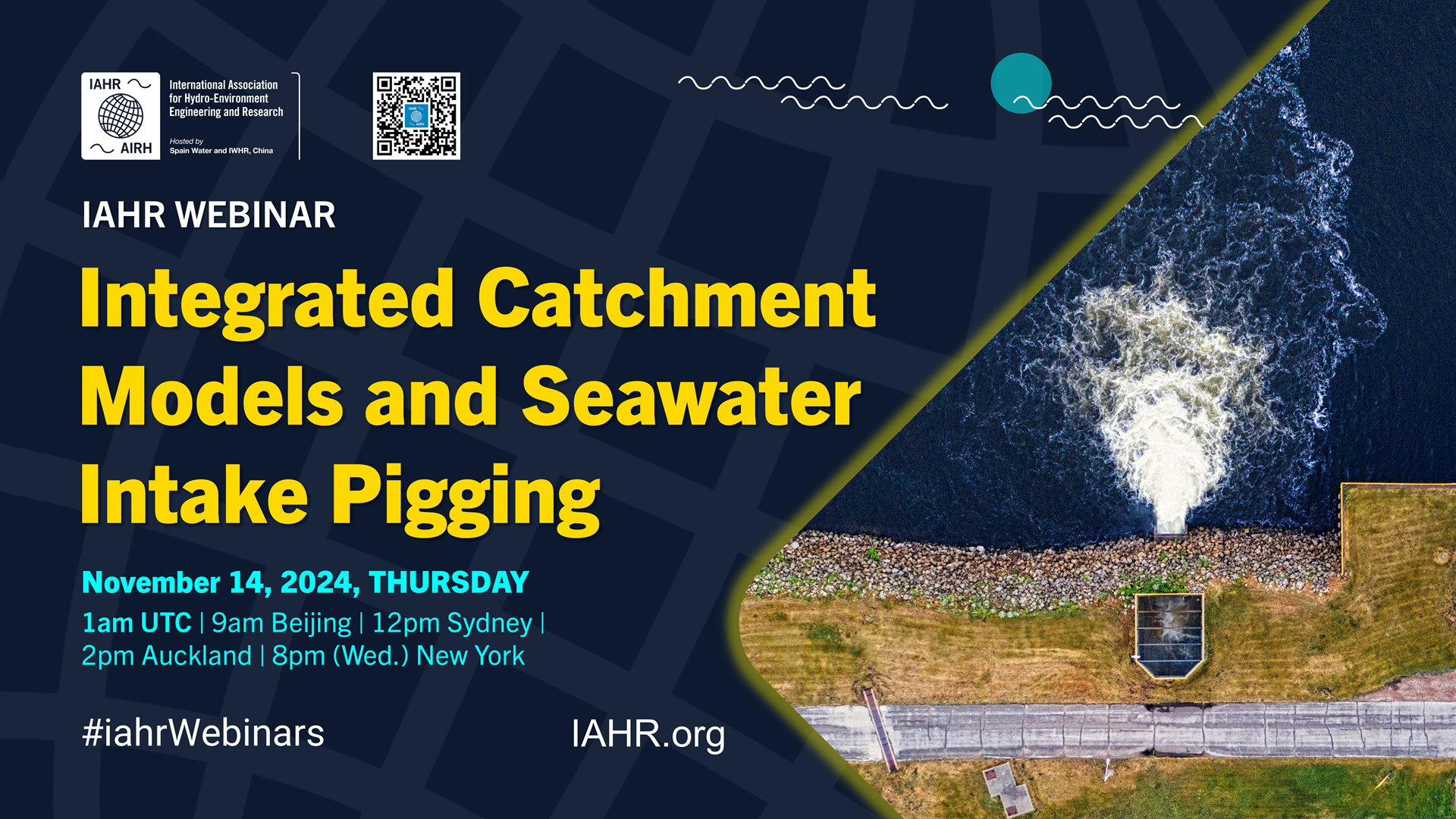
On November 14, 2024, IAHR/IWA Joint Committee on Outfall Systems held a webinar as part of its continuing series on water systems management. This event featured detailed presentations by experts from Australia and New Zealand, showcasing innovative engineering solutions in catchment modeling and coastal infrastructure.
Ed Beling, an engineer from Intrawater, Australia, opened the session with a warm welcome, setting the stage for the two technical presentations. He emphasized the importance of knowledge sharing among water professionals and the role of such webinars in fostering international collaboration.
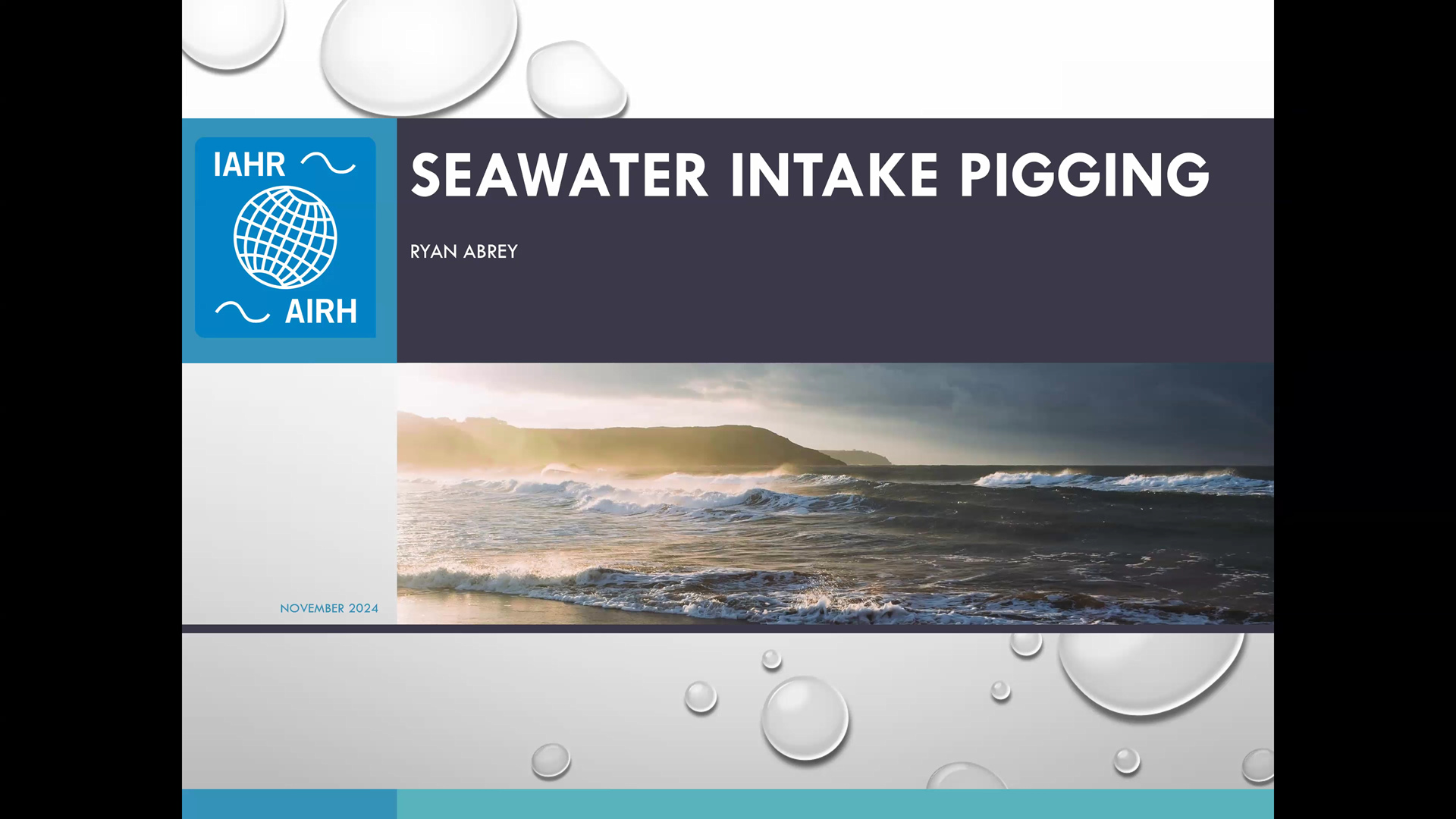
Presentation 1. Pigging of a Seawater Intake for a Temporary Desalination Plant
Ryan Abrey, Principal Civil and Coastal Engineer, Stantec, New Zealand, presented a compelling case study on the use of pigging for maintaining a seawater intake pipeline for a temporary desalination plant in Cape Town. Highlighting the urgency during Cape Town’s ‘Day Zero’ crisis, Ryan detailed how pigging – a process more common in the oil and gas sector – was adapted to remove marine growth and restore pipeline efficiency. He explained how divers retrieved the pigs and shared insights into challenges such as biofouling and pressure management within the system. The case study demonstrated the innovative application of pigging technology to ensure reliable water supply under emergency conditions.
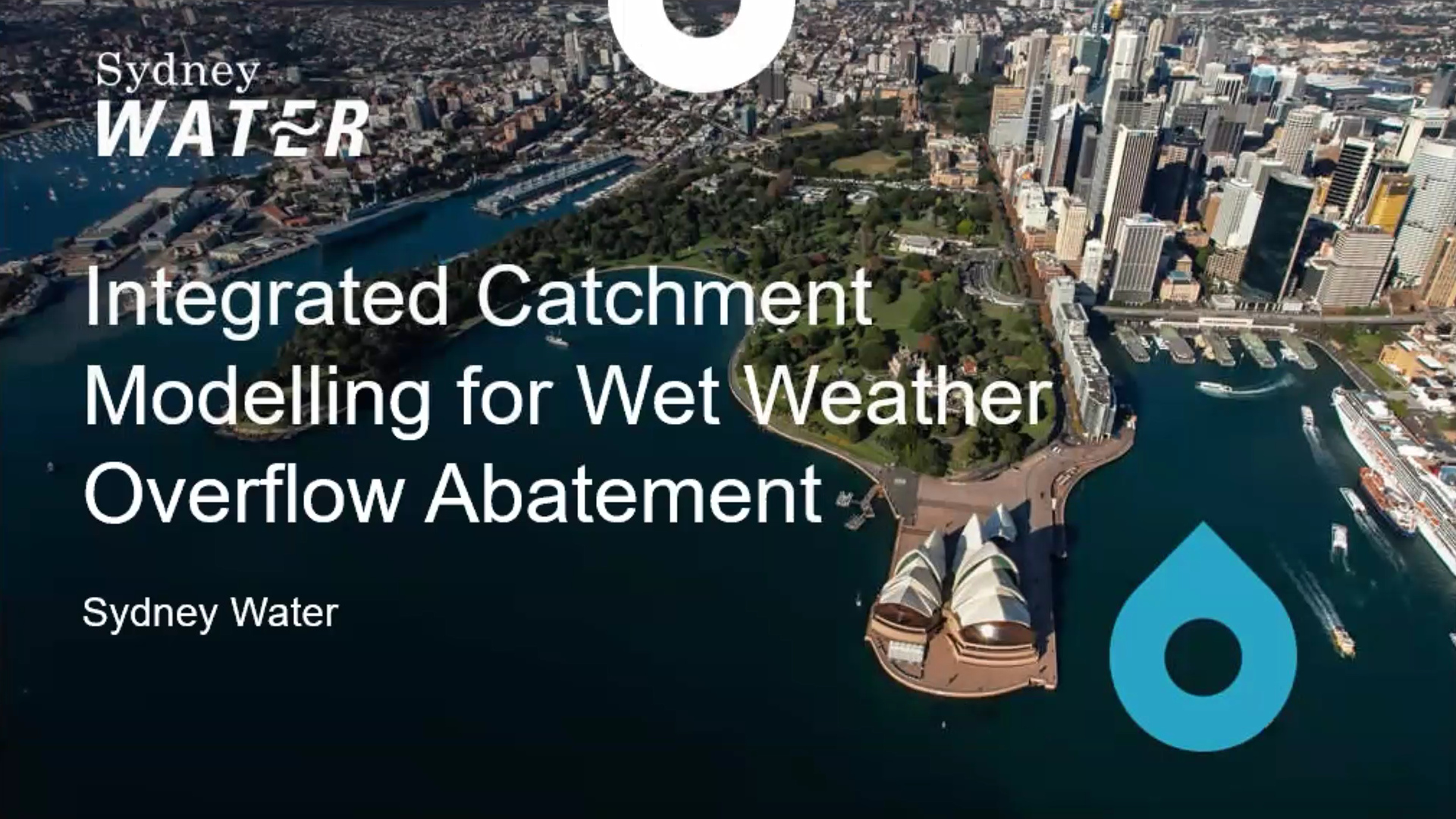
Presentation 2. Integrated Catchment Models for Managing Wastewater and Environmental Interactions
Kaushal Kumandur, Principal Modeller, Sydney Water, Australia explored in his presentation the sophisticated integrated catchment models used by Sydney Water to simulate interactions between wastewater systems, stormwater, and receiving environments. Emphasizing the transition from traditional overflow management to a risk-based approach, Kaushal discussed how these models help optimize interventions and improve public and ecosystem health. The approach, supported by spatial risk assessments and advanced hydraulic simulations, exemplifies the shift towards proactive, source-control measures.
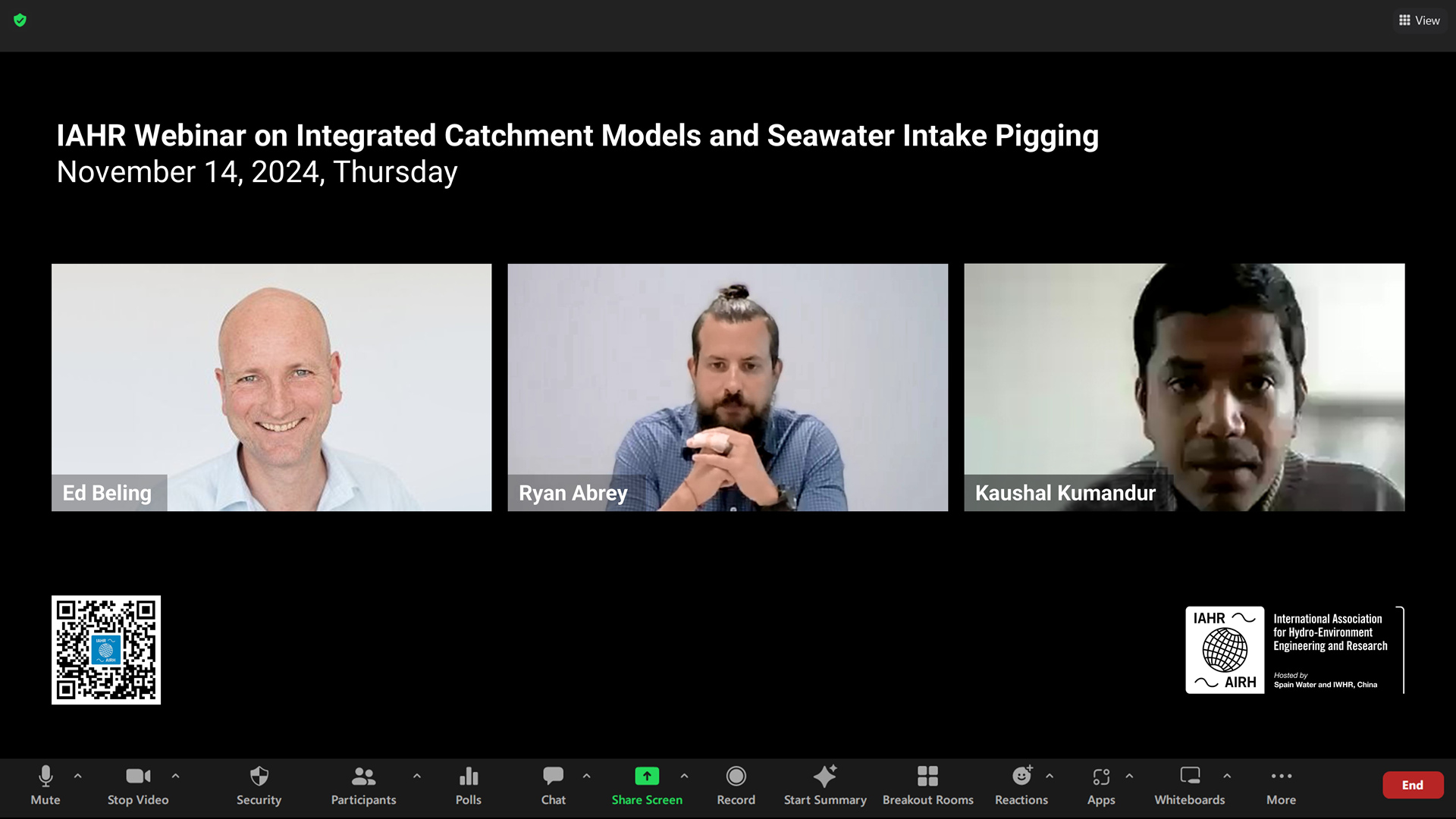
Following the presentations, Ed Beling facilitated a lively Q&A session, where attendees posed questions about marine growth management, maintenance protocols, and the challenges of integrated modeling. Ed concluded the session by reiterating the critical role of continuous innovation in tackling water resource challenges.
The IAHR/IWA Joint Committee on Outfall Systems is dedicated to enhancing global expertise in wastewater discharge technology and promoting environmental sustainability. This webinar is part of the series organized by the committee to focus on the topic of wastewater outfall systems including discharges of demestic, industrial or desalination waste streams to inland and coastal receiving waterways.
Other webinars of the series include:
2024-11-12
2024-06-28
2024-02-15
2023-10-30 to 2023-11-01
2023-05-16
» Watch the recording in IAHR Video Library

